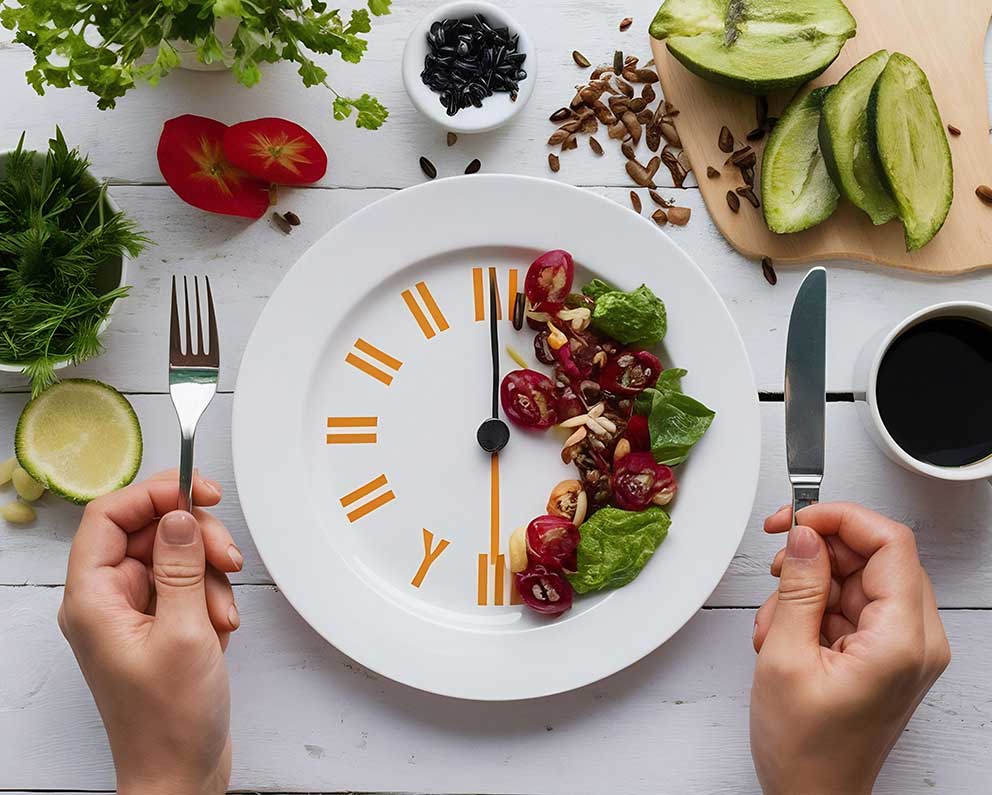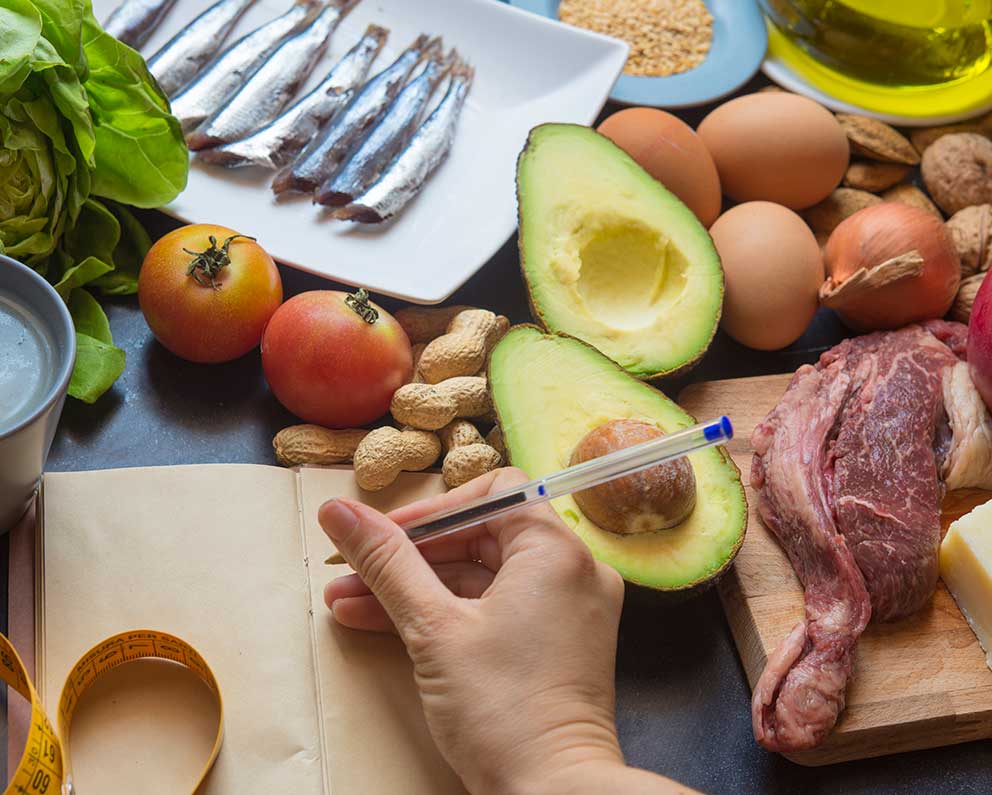Can you do intermittent fasting (IF) while taking GLP-1 medications like semaglutide or tirzepatide?
Yes—and in many cases, this combo works really well. But it depends on your hunger levels, energy, and lifestyle. Here’s what you need to know.
🧬 Quick Recap: What’s GLP-1?
GLP-1 (Glucagon-Like Peptide-1) is a gut hormone that helps regulate blood sugar, slows digestion, and signals fullness. Medications that mimic GLP-1 reduce appetite, food intake, and promote sustainable weight loss—especially helpful for those with obesity or type 2 diabetes.
🕐 What Is Intermittent Fasting (IF) 16:8?
The 16:8 method means fasting for 16 hours and eating during an 8-hour window—often from 12pm to 8pm.
During the fast:
- Only water, black coffee, or unsweetened tea
- No calories
During the eating window:
- 2–3 balanced meals
Focus on whole, nutrient-dense foods
✅ Why GLP-1 + IF Can Work Well Together
1. Appetite control is easier
Most people report dramatically reduced hunger on GLP-1. This makes it much easier to fast without cravings or energy crashes.
2. Smaller meals = better absorption
GLP-1 slows gastric emptying. Fewer, well-timed meals give your body time to digest and absorb nutrients efficiently.
3. Improved insulin sensitivity
Both IF and GLP-1 improve insulin function, blood sugar stability, and metabolic health—especially when used together.
4. Boosted fat-burning
Fasting encourages fat oxidation. Combined with lower calorie intake from GLP-1, you may tap into stored fat more efficiently.
⚠️ What to Watch Out For
😶🌫️ 1. Too little food
With reduced appetite from GLP-1 and fewer meals due to fasting, it’s easy to undereat. That can lead to fatigue, muscle loss, or slowed metabolism.
🤢 2. Nausea on an empty stomach
Some people experience nausea if they take GLP-1 injections in a fasted state. You may need to experiment with timing (e.g., inject shortly after your first meal).
🔄 3. Hormonal adaptation
IF isn’t magic. If it causes stress, disrupts your cycle (for women), or leads to binging later, it may not be ideal.
👤 Who Might Benefit from This Combo?
- People with good energy levels during fasting
- Those already adapted to lower meal frequency
- Anyone who prefers structure and fewer food decisions per day
GLP-1 users who want to add metabolic flexibility
🙅♂️ Who Should Avoid It (or Use Caution)?
- People with a history of disordered eating
- If you’re still adjusting to GLP-1 and struggle to eat enough
- Athletes or highly active individuals who need frequent fueling
Anyone who feels weak, dizzy, or nauseated during fasting
💡 Practical Tips for Combining IF + GLP-1
- Don’t force it. Let GLP-1 naturally guide your eating window at first.
- Start with 12:12 if 16:8 feels hard; build gradually.
- Make every bite count. Focus on protein, fiber, healthy fats.
- Stay hydrated. Especially important in the fasted window.
Adjust timing. You might inject GLP-1 at the start or middle of the eating window, depending on how your body reacts.
🍽️ Example Day (GLP-1 + 16:8)
- 8:00am – Water, black coffee (still fasting)
- 12:00pm – Break fast: eggs + avocado + greens
- 4:00pm – Protein shake + fruit or nuts
- 7:30pm – Dinner: grilled chicken + veggies + quinoa
8:00pm–12:00pm – Fast
✅ Final Verdict
IF and GLP-1 can absolutely work together.
They target hunger, insulin, and metabolism from different angles. But success lies in flexibility—not extremes. Track your energy, protein intake, and mood. If it feels good and sustainable, you’re on the right track.
- Not eating is easy. Eating right in your window is the real key.




